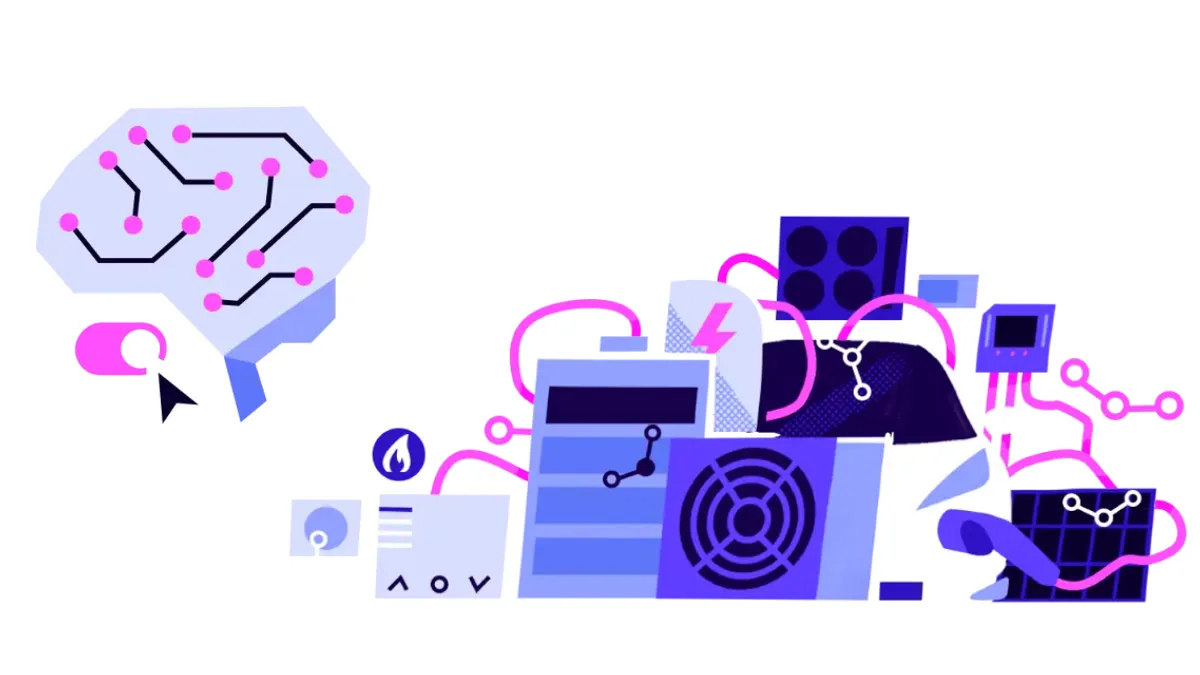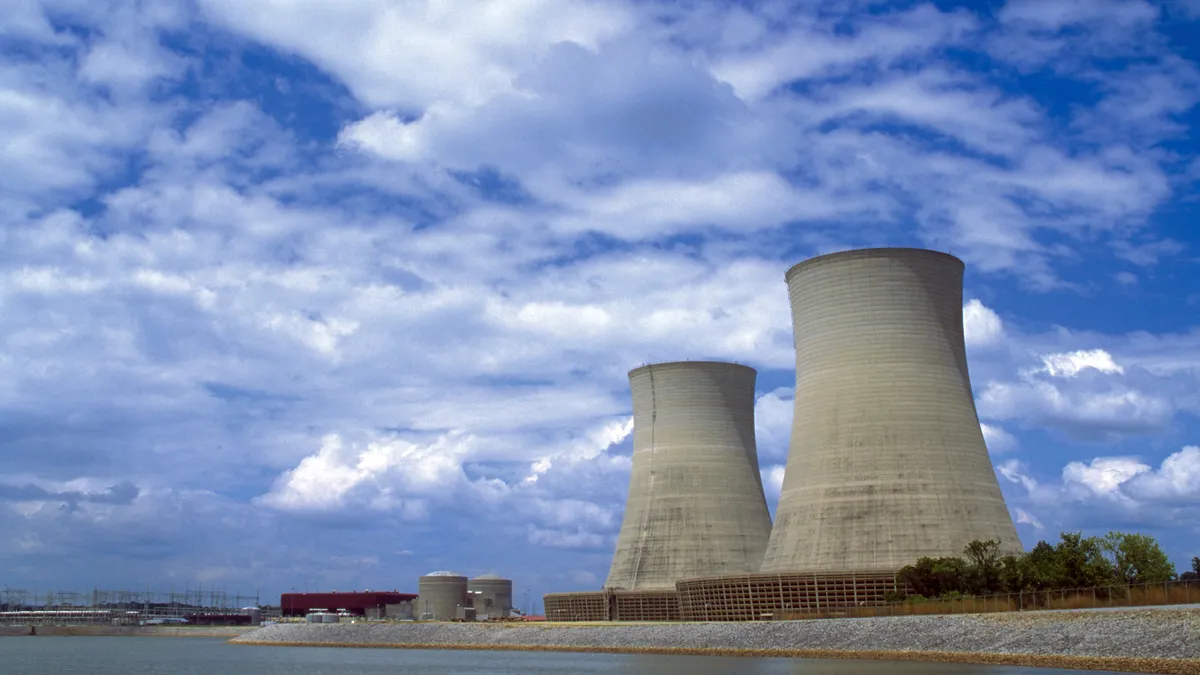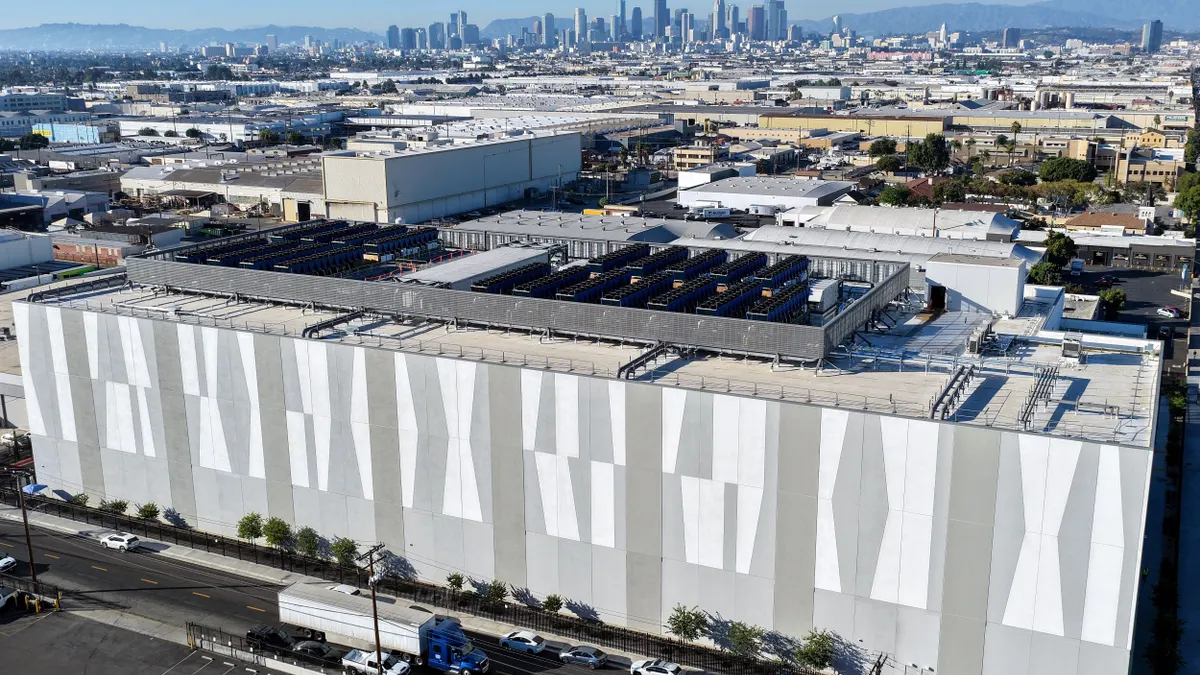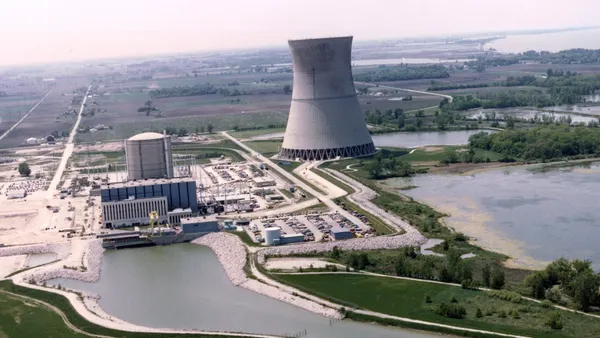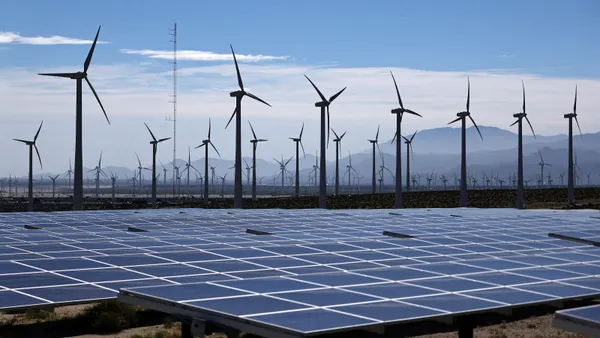Modernizing with confidence: the secret to seamless tech migrations
Tech migrations don’t have to be disruptive – utilities can see improvements from day one, and Kraken's unique approach proves it.
Modern technology gives utilities massive advantages: scalability, agility, cost savings and innovation. The challenge? Tech migrations have a terrible reputation. It's easy to understand why moving core operations to a new platform feels like a huge gamble. When these switches fail, they can quickly drain budgets, halt operations and leave customers without the support they need. Some utilities have had such bad experiences they choose to extend the life of inefficient, outdated systems rather than risk an upgrade.
Utilities shouldn't let the fear of a migration stop them from modernizing. When done correctly, a tech migration can be predictable and truly transformative for both teams and customers. The benefits appear fast: a lower cost to serve, greater efficiencies, more innovation and an excellent customer experience.
Modern operating systems enable fearless migration
Moving to a modern, unified operating system allows companies to completely flip the script on risky cutovers. Today, migrations can be smooth, rapid and reliable, transforming operations without the traditional fear of failure.
This success comes as modern, bespoke tech systems – being cloud-based and constructed in a process of smaller, continuous deployments – enable an iterative approach built around intelligent, measured steps, rather than "big-bang" cutovers from one cumbersome, clunky, legacy tech platform to another.
Here’s a look at how this new standard for migration works:
- A new instance of the unified system is custom-built for the utility, starting with a minimal viable product (MVP) foundation.
- The easiest accounts move first, quickly confirming that the system setup works as designed.
- Teams are trained on the new system as it is built out. Crucially, those trained first go on to train others, ensuring confidence and ownership build at every step.
- More complex accounts are migrated iteratively. Any snags are resolved as they arise.
This step-by-step process works by eliminating cliff-edge moments of no return. There are no points where problems build up only to hit all at once. Any snags are experienced on a small scale and can be quickly untangled, undone or worked around, meaning minimal interruption to customer service. Companies get clear cost and timeline projections, reliable delivery as well as expert guidance from people who have proven success.
By migrating to a unified operating system, purpose-built from the ground up, utilities can also unlock far more efficient ways of working. Often, a single team member can come to solve problems that previously required multiple teams. Iterative migration allows for incredibly close collaboration with existing customer service teams to optimize ways of working.
The results speak for themselves. Kraken, for example, has pioneered an intelligent, iterative approach for migrations to their modern, cloud-based utility operating system. Using this method, they have successfully switched over 50 million customer accounts worldwide, in over 40 migrations, delivered on time and on-budget. E.ON Next, for example, saw 5.8 million customers with 8.8 million meterpoints migrated from 8 platforms to Kraken in under 2 years.
Many clients have even seen their customer experience improve while the migration is still in progress, with customer scores rising and complaints falling, which saves time and energy for operational teams.
Kraken and EDF’s migration success story
In just over a year, Kraken and EDF successfully completed one of the largest migrations in European utility history. This transition moved all 5.5 million of EDF’s residential accounts and 300,000 small businesses onto a new, bespoke operating system. Thanks to watertight tech and a highly interactive process, the team delivered the entire project on time and without disruption.
The most striking change was visible to customers immediately. During the migration process itself, EDF’s Trustpilot rating jumped from a "good" 4.2 stars to an "excellent" 4.7.
The move also unlocked rapid innovation. Shortly after switching, EDF quickly launched three new, forward-looking tariffs:
- Heat Pump Tracker Tariff: Designed to help households adopt low-carbon heating solutions.
- EVolveSep25: A flexible Electric Vehicle (EV) tariff that works for any driver and charger setup.
- Empower Exclusive: The market’s first solar-only tariff.
Far from becoming a bottleneck, the migration became the springboard for customer-focused innovation, proving that a platform upgrade can rapidly accelerate a pioneering utility’s goals.
There’s never been a better time to switch
Migrating technology doesn't have to be a nightmare. When done properly – utilizing reliable tech and intelligent iteration – it's a huge opportunity to cut costs, boost customer satisfaction and unlock new products and revenue streams.
Kraken’s track record shows that even the largest utilities can make this switch seamlessly and successfully. Utilities shouldn't let clunky, legacy tech hold them back any longer. Thanks to modern technology and pioneering approaches, there’s never been a better time to make a change.

